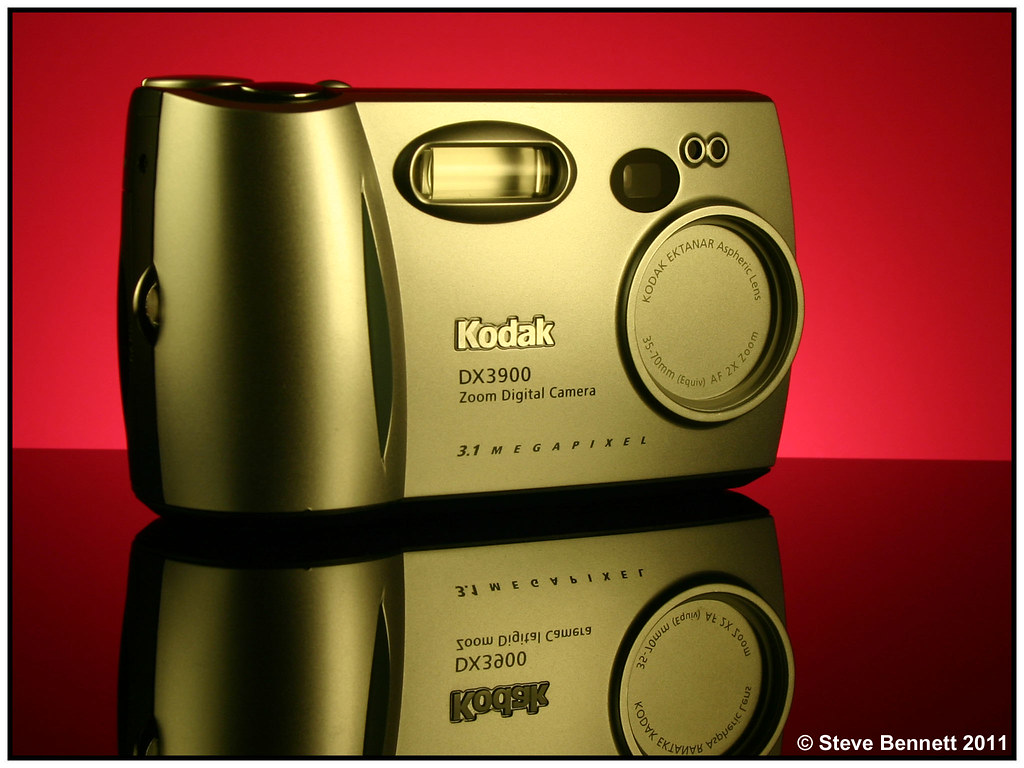- Messages
- 3,250
- Name
- Emma
- Edit My Images
- Yes
I bought a granite chopping board last week hoping to use it for photography - the reflection it gives is exactly as I wanted, but unfortunately there are some grey flecks in it that were a complete pain to get rid of in pp! Then I tried a sheet of plain glass over black velvet, but ended up with double reflections. I can't seem to get a definitive answer from the all-knowing Google - so wondered if anyone here had any tips? I darkened the backgrounds further just using shadows and exposure adjustments in LR - it was easy but took a while - is there a search I could do that would give me an easier way in Photoshop maybe? I have a copy but am a complete novice!
Granite chopping board
 fading beauty by Em Jay, on Flickr
fading beauty by Em Jay, on Flickr
Glass over velvet
 fading beauty revisited by Em Jay, on Flickr
fading beauty revisited by Em Jay, on Flickr
Granite chopping board
 fading beauty by Em Jay, on Flickr
fading beauty by Em Jay, on FlickrGlass over velvet
 fading beauty revisited by Em Jay, on Flickr
fading beauty revisited by Em Jay, on Flickr
 Kodak DX3900 365/339
Kodak DX3900 365/339 Black to White 365/50
Black to White 365/50 Brass Screws 365/45
Brass Screws 365/45